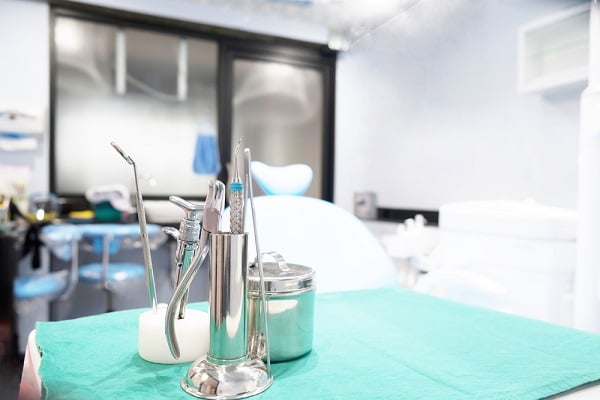 Of the 20% of health insurers who do not offer dental benefits, more than half of them are likely to offer it in the future, according to a recent study. (Photo: Shuterrstock)
Of the 20% of health insurers who do not offer dental benefits, more than half of them are likely to offer it in the future, according to a recent study. (Photo: Shuterrstock)
The combination of dental and health insurance plans is increasing, according to a new West Monroe study, as health plans offering adult dental benefits have more than doubled since 2018. Many health plan executives prefer offering consumers a single, bundled dental/health product. Although the dental plans are administered separately–a one-product, two-premium model–given the underwriting complexity.
This is the principal finding of a new report, "Convergence of Dental and Health Insurance Accelerates," released by West Monroe in June, a national business and technology consulting firm. The survey fielded input from over 100 executives at US-based dental and health insurers. "It is becoming apparent that the health and dental insurance industries are on the verge of convergence, threatening to upend the standalone-dental business model. This survey reinforces the call to action for dental plans," said Will Hinde, managing director and West Monroe's Healthcare & Life Sciences practice leader.
Related: 5 best, 5 worst states for dental health
Dental insurers that will survive this convergence are the ones who have already reacted to the changing business model, says the report. Although there are skeptics. The number of respondents who believe that convergence will never happen has more than tripled since 2018. The percentage of health insurers offering dental insurance products has risen substantially, from 68% in 2018 to 80% in 2020, and the percentage offering adult dental benefits has more than doubled to 48%, according to the study.
The study found, there is clearly a desire for "bundling."
Of the 20% of health insurers who do not offer dental benefits, more than half of them are likely to offer it in the future, according to the study. Likewise, about half of dental respondents foresee partnering with a health insurer by 2025.
"A threat to a thriving business model – like the one standalone dental has profited from for decades—will inevitably feel like a crisis," said Hinde. "As disruptive as the changes may be, dental insurers that embrace the trend and get in front of it aggressively will be the winners," he added.
This study and Monroe's January 2018 study, "Turning Point: The Fate of Standalone Dental," presented three potential market shifts. Dental plans may be absorbed into overall health insurance (one product, one shared premium). Dental plans may be brought on as partners to health insurance (two products, shared or separate premiums). Lastly, dental plans may diversify, including coverage such as life or short-term disability insurance.
"The pandemic has introduced uncertainty, as tens of millions of workers lose their jobs, potentially leading to slumping insurance revenues and a shift from employer-sponsored to individual coverage," Hinde said. "Insurers that can offer technology tools to support their members or plans for those recently unemployed may see opportunity. In the meantime, invoice credits, waiting periods, and teledentistry services will have a big impact."
Read more:
© 2025 ALM Global, LLC, All Rights Reserved. Request academic re-use from www.copyright.com. All other uses, submit a request to [email protected]. For more information visit Asset & Logo Licensing.







